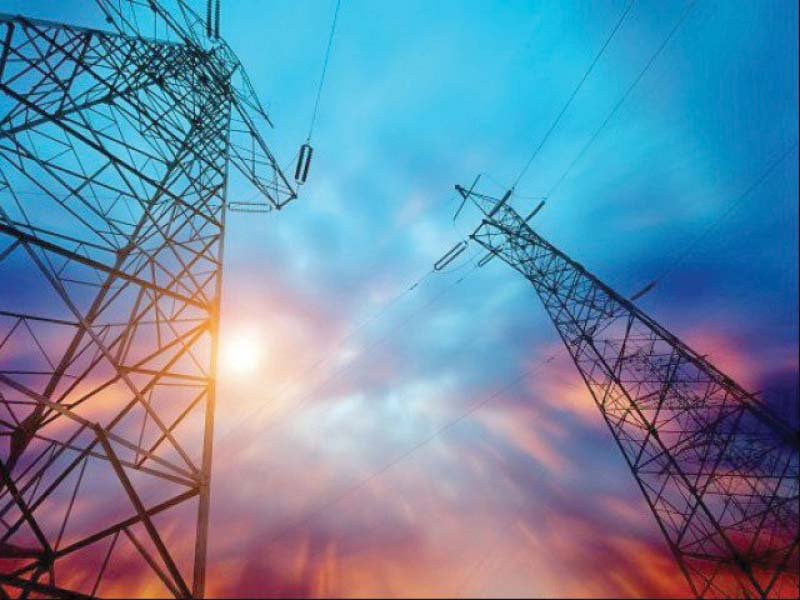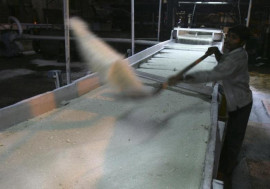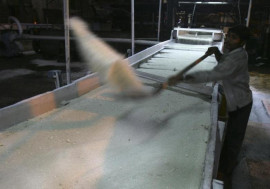
ISLAMABAD: The Ministry of Energy (Power Division) is trying to block a move of the power sector regulator to allow the influential sugar millers a higher tariff on bagasse-based power generation that will earn them billions of rupees over the years.
The Power Division has filed a review petition to challenge the lucrative tariff which was heard by the National Electric Power Regulatory Authority (Nepra) on Thursday.
Nepra has set old tariff for 12 bagasse-based power plants of sugar millers despite issuing a new tariff. The old price will provide the millers with Rs48 billion in revenues from the electricity consumers over 10 years.
The old tariff stands at Rs12.09 per unit whereas the new price has been set at Rs8.86 per unit.
Sindh cabinet approves additional subsidy for sugar export
Sugar barons, many of whom are associated with the ruling and opposition political parties, have already got over Rs10 billion on account of freight subsidy on the commodity’s exports during the four-and-a-half-year tenure of the present government.
They have also sold electricity at higher prices after receiving it from the national grid at lower rates.
Nepra set the old tariff though the millers had agreed with the then Ministry of Water and Power on the new tariff of Rs8.86 per unit. After that, the ministry issued them a power acquisition request.
Earlier, the Central Power Purchasing Agency-Guarantee (CPPA-G) refused to give its consent to power production by 12 bagasse-based plants because of surplus generation capacity in the country following the start of new power plants. The issue was raised by the Sindh chief minister in a meeting of the National Economic Council.
The prime minister directed on May 20, 2017 to hold dialogue with the provincial government on the transmission and distribution issues being faced by it.
Thereafter, a meeting was held at the Ministry of Planning and Development on May 24, which was attended by the Sindh chief minister, Punjab minister of mines and minerals, energy secretaries of Sindh and Punjab, minister of water and power and minister of state for water and power.
It was suggested in the huddle that based on supply and demand numbers, energy purchase from the bagasse-based plants could depend on “must run” during the cane crushing season and “take or pay” or “take and pay” for the remaining period. The Sindh government agreed to the proposal.
Consequently, the power acquisition request was issued to the power plants.
SCA urges Sindh govt to settle issues of cane crushing, pricing
The millers then approached Nepra and accepted the tariff based on the power acquisition request because they wanted a higher tariff.
The regulator, while accepting the petition of the millers, rejected the power acquisition request of the CPPA-G and declared the plants as must run. Now, the CPPA-G has approached the regulator for a review of the decision.
In the review petition, the CPPA-G argued that the basket price would be adversely affected if the sugar mills were given the old tariff. It estimated the financial impact of the old tariff at Rs48 billion over the next 10 years.
A senior official of the Power Division told The Express Tribune that consumer power tariff would go up Rs0.60 per unit excluding taxes and by including taxes the tariff would be Rs0.65 per unit.
Published in The Express Tribune, December 8th, 2017.
Like Business on Facebook, follow @TribuneBiz on Twitter to stay informed and join in the conversation.



























































COMMENTS
Comments are moderated and generally will be posted if they are on-topic and not abusive.
For more information, please see our Comments FAQ